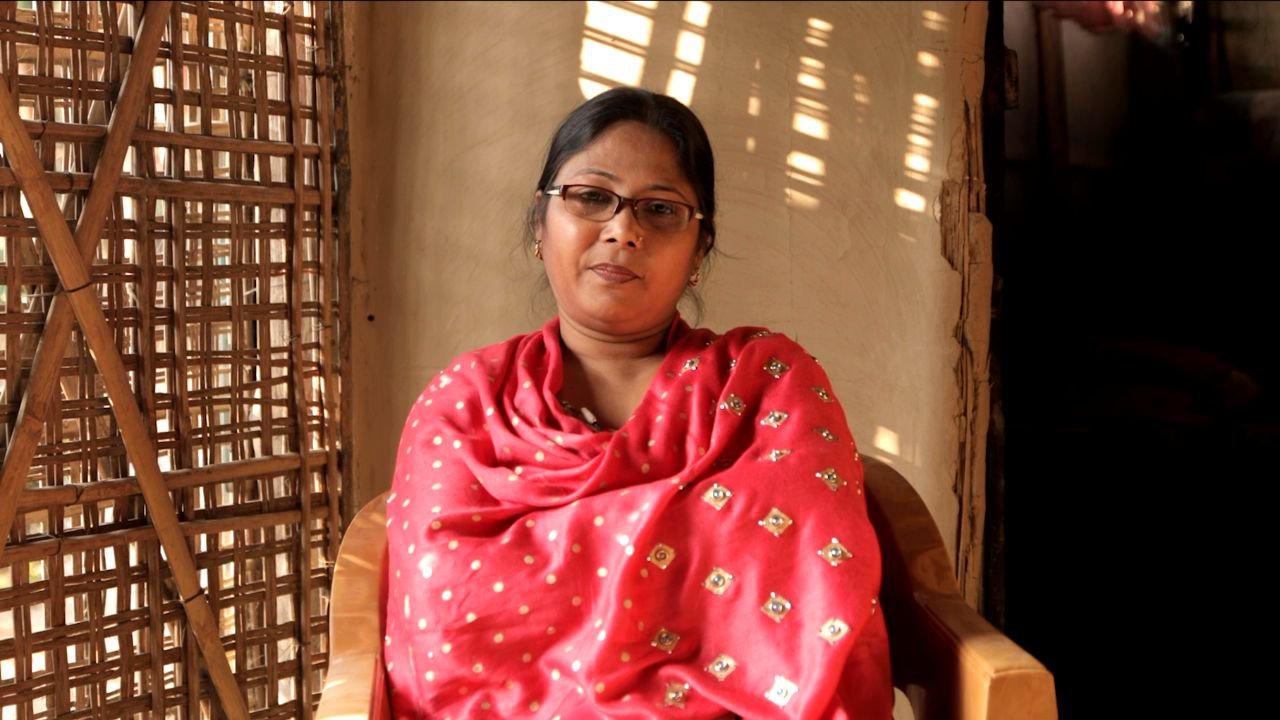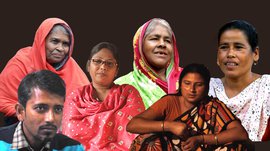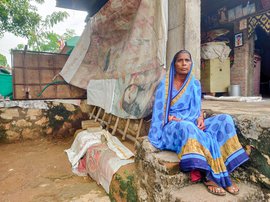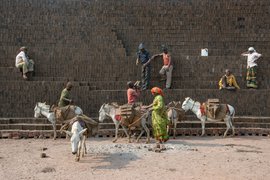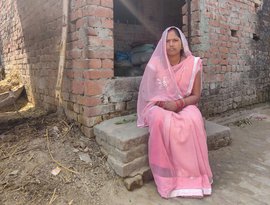Rashida Begum was just eight years old when the Nellie massacre took place on February 18, 1983. “They surrounded people on all sides and chased them to one side. They shot arrows; some had guns. This is how they killed people. Some had their neck cut, some had been attacked on their chest,” she remembers.
That day, in a span of six hours that day, thousands of Muslims of Bengal origin were killed in Nellie (or Neli) area in central Assam. Rashida, 'Rumi' at home, survived the massacre. But she witnessed all her four younger sisters die and her mother getting badly injured. “They attacked me with a
jadi
[spear], and shot me in the waist. A bullet pierced my leg” she recalls.
Nellie (also spelt Neli) falls in present-day Morigaon district, which was split from Nagaon district in 1989. Among the worst affected villages were Alisinga, Basundhari Jalah, Borbori, Bhugduba Bill, Bhugduba Habi, Khulapathar, Matiparbat, Muladhari, Neli and Silbheta. Official reports put the death toll at about 2,000, but unofficial estimates suggest it was anywhere between 3,000 and 5,000.
The killings came on the heels of ethnic violence ignited by the anti-foreigners agitation in Assam, which went on from 1979 to 1985. It was spearheaded by All Assam Students Union (AASU) and its allies. They demanded the expulsion of illegal migrants from the state and that their names be removed from the voter list.
In February 1983, the union government led by Indira Gandhi called for assembly elections in Assam despite resistance from groups like AASU and sections of the general public. The AASU called for a boycott of the polls. Yet, several Muslims of Bengal origin voted in the elections, which were held on February 14. The community had been living with the tag of bidexi (foreigner) and was being targeted with physical and psychological violence. To them, casting their vote was a way to claim the right to their Indian citizenship. However, it is believed to have been the immediate cause of the violence unleashed by groups on the community on February 18.
“I participated in the anti-foreigners movement once upon a time. I was young and didn’t know much about these things. But now they have made me a foreigner since my name is not in the NRC,” Rumi says. Her name is missing from the updated National Register of Citizens (NRC), a citizenship-mapping exercise that took place between 2015 and 2019 in Assam, in which 1.9 million people find their names missing. “My mother, father, brother, sister – everyone’s name is there in it. My husband’s name and children’s names have been included too. Why is my name not there?” she says.
The doubt over citizenship of Muslims of Bengal origin, and in some instances of Bengali Hindus as well, is decades old and can be traced to British colonialism and the Partition of the Indian subcontinent. Rumi finds herself confronted, even today, with the same question that she had had as an eight year old.
This video is part of ‘Facing History and Ourselves’, coordinated by Subasri Krishnan. The foundation project is implemented by India Foundation for the Arts under their Archives and Museums Programme, in collaboration with People’s Archive of Rural India. This has been made possible with part support from Goethe-Institut/Max Muller Bhavan New Delhi. The project has also been supported by Sher-Gil Sundaram Arts Foundation.
